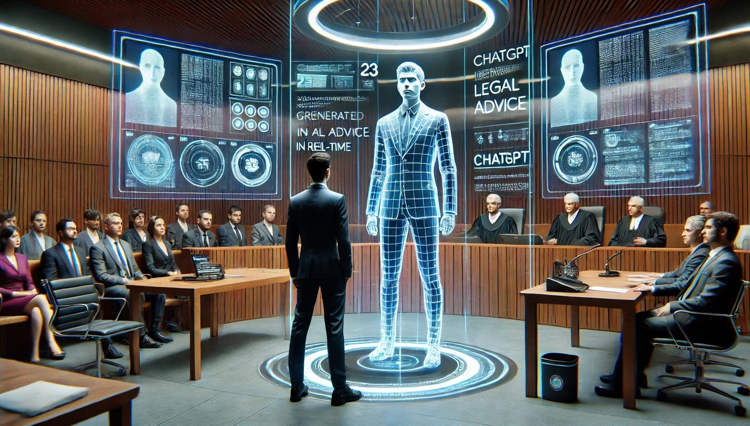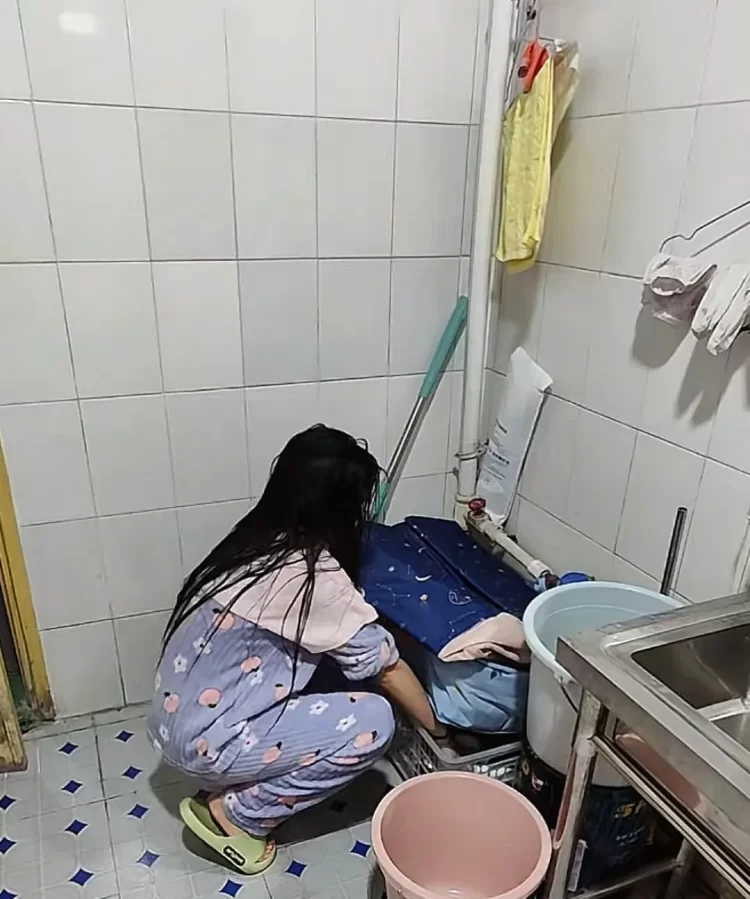Covered by climbing plants and surrounded by a garden of eucalyptus, palms, olive trees and cypresses, this old cement factory on the outskirts of Barcelona looks like an abandoned industrial complex reclaimed by nature. In reality, it’s a bustling work/living space designed by Spanish architect Ricardo Bofill.
Bofill discovered the closed down World War I cement factory in 1973, and was immediately drawn to it. He and his team bought the entire complex consisting of over 30 silos, subterranean galleries and huge machine rooms and convert it into the head of office of Taller de Arquitectura. They spent two years demolishing dilapidated structures and remodeling those worth converting. When the dust settled, only eight silos remained, which became offices, a models laboratory, archives, a library, a projections room, a gigantic exhibition space known as “The Cathedral” and a residential space for Bofill.
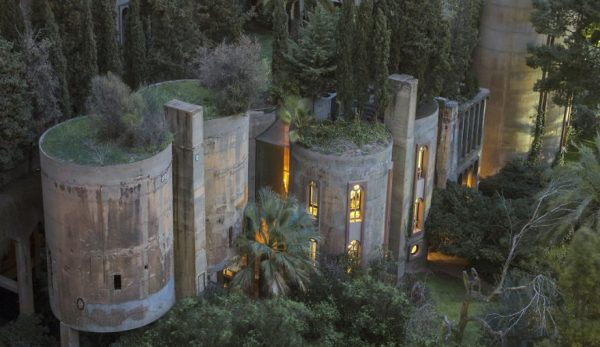
Once a polluting industrial complex, “La Fabrica” (The Factory), as Bofill’s compound is now known, now coexists in harmony with nature. The giant concrete silos and buildings, the old smoke stacks rising up into the sky are all covered with grass and climbing plants, and surrounding them is a lush garden of eucalyptus, palms, olive trees and cypresses. It’s a stunning site, but the interior is even more impressive.
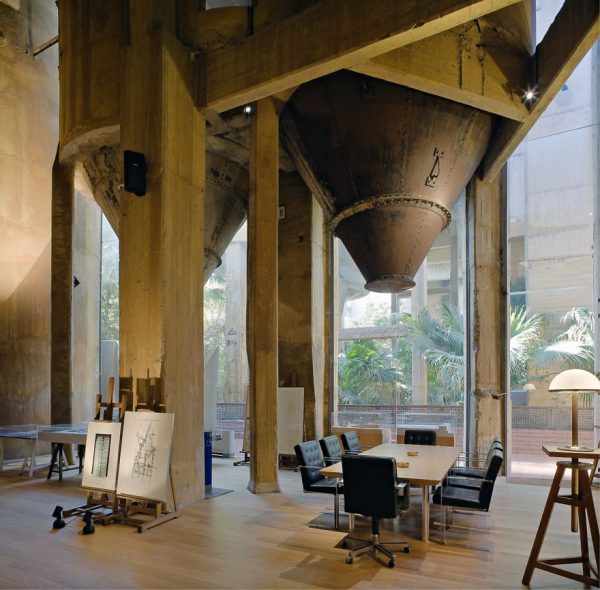
Even though Ricardo Bofill chose to keep the original concrete walls and the brutal lines of the buildings to preserve the “memory of the structure’s former use”, each of the dozens of rooms is uniquely decorated, so that none of them look remotely alike. They all have their specific purpose, and are furnished accordingly; some even have remnants of their old function – like metal cement machines – blending with modern office elements.
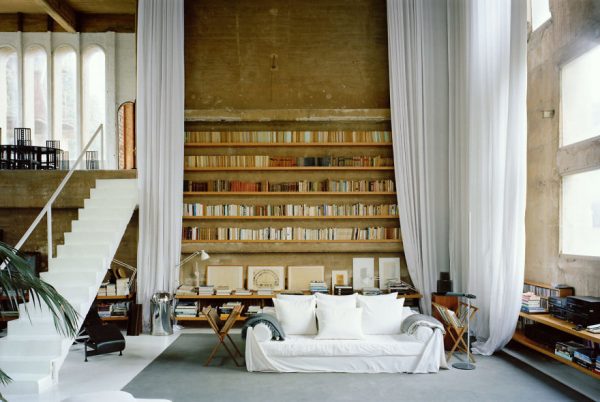
“I have the impression of living in a precinct, in a closed universe which protects me from the outside and everyday life,” Bofill says about living and working in La Fabrica. “The Cement Factory is a place of work par excellence. Life goes on here in a continuous sequence, with very little difference between work and leisure.”
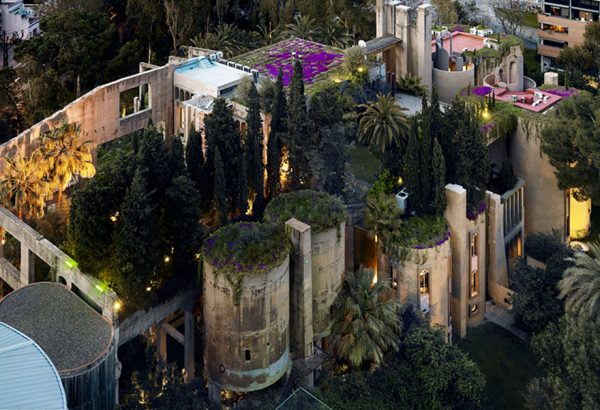
“Presently I live and work here better than anywhere else, the Spanish architect adds. “It is for me the only place where I can concentrate and associate ideas in the most abstract manner.”
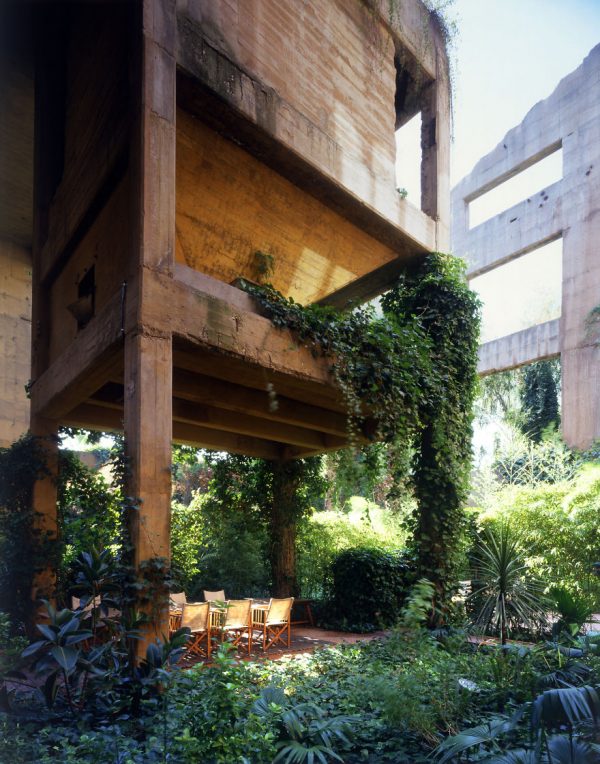
Having worked on La Fabrica for nearly half a century, Ricardo Bofil still considers it a work in progress, which just makes it more fascinating.
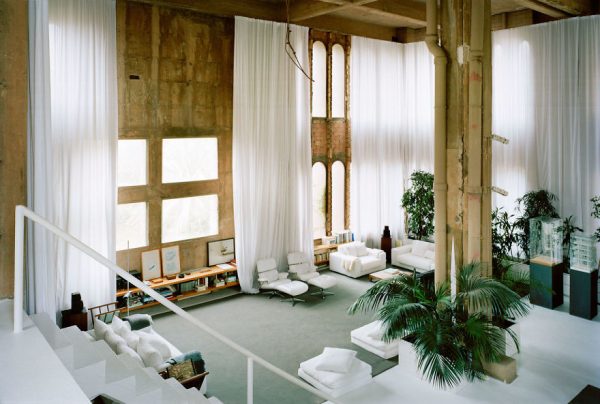
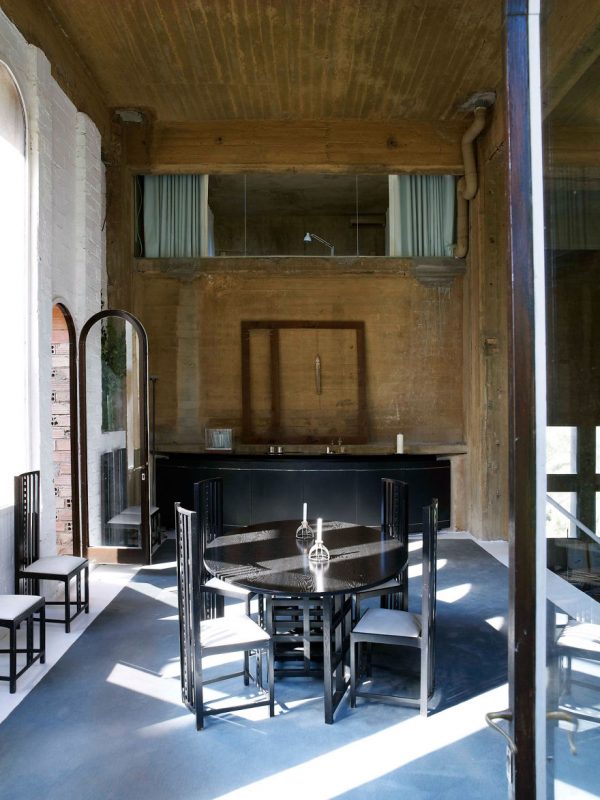
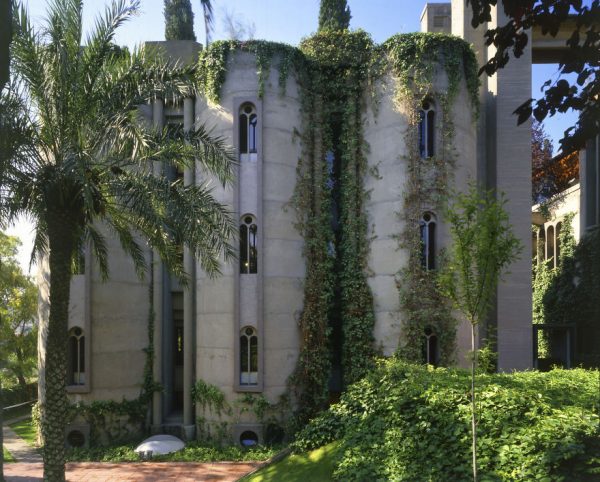
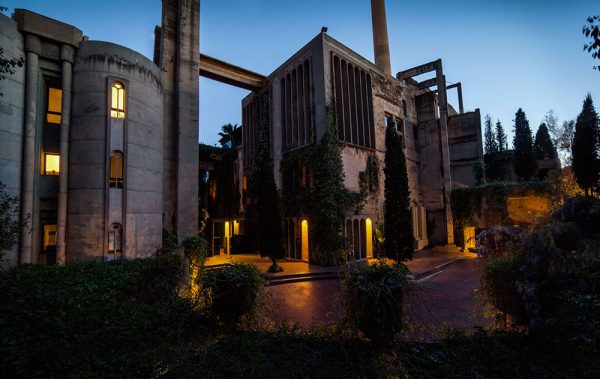
Photos: Ricardo Bofill
via Designboom



